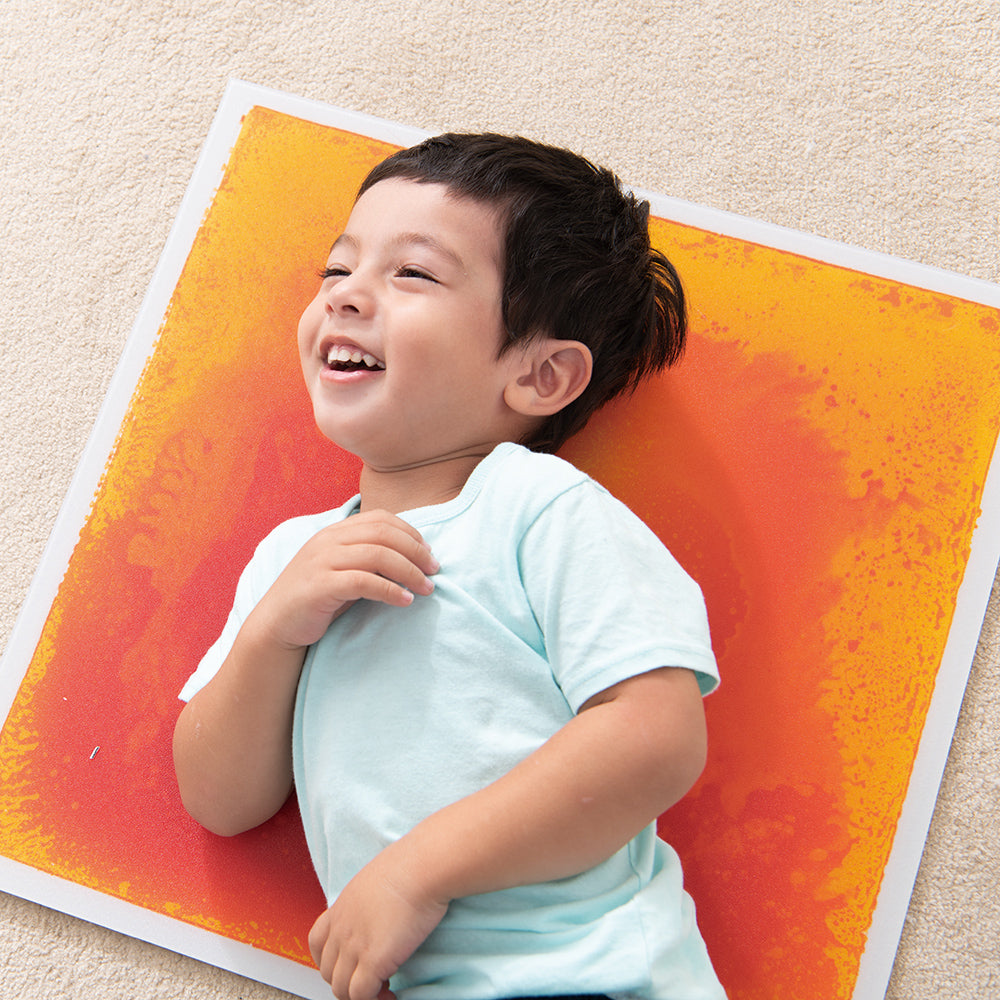Aug 15 , 2023
Everything You Need to Know About Montessori for Babies
You've probably heard of the Montessori approach if you follow any parenting accounts on social media or read any parenting articles. While the emphasis is frequently placed on implementing Montessori concepts in the toddler years, it is also an excellent learning tool for babies.
The best part is that incorporating Montessori into your home and daily routine with your baby is quite simple. Because their receptive minds are developing at such a quick rate, learning throughout the early years is almost effortless. They are absorbing knowledge just by being in their environment, as well as through every interaction with individuals around them.
Everything you need to know about Montessori for babies is right here.
What exactly is Montessori?
The American Montessori Society states that "Montessori is an education philosophy and practise that fosters rigorous, self-motivated growth, with the goal of nurturing each child's natural desire for knowledge, understanding, and respect." Maria Montessori established the idea because she believed that children are far more capable than we adults give them credit for. In Montessori, the adult's duty is simply to arrange the baby's surroundings, present the learning tools (aka toys or "materials"), and then step back and let them learn through hands-on play and exploration.
Montessori is a considerate way to guiding children that extends beyond the materials. The parent or teacher watches the child's needs, trusts their talents, and offers (within limitations) independence so the child can follow their own unique route of development guided by their innate desire to learn and grow.
Why start Montessori education from birth?
By the age of three, 85% of the brain is formed. Although it is commonly assumed that education begins in preschool, Dr. Montessori found that learning begins at birth. As babies construct pathways and patterns of exploration that they will utilise throughout their lives, they lay the groundwork for all future learning.
The environment in which your child grows has an impact on their development. Children who grow up in exciting circumstances have a better chance of developing. Your child's abilities are not fixed. Visual development is an example of this. Your kid is born with some basic visual wiring, but what they see in their initial months of life effects crucial visual skills like depth perception and the ability to quickly switch focus between things. This explains why high-contrast cards and mobiles are popular Montessori toys for newborn babies.
Babies are not only developing their senses and core skills, but they are also learning how to learn! One of Maria Montessori's primary goals is to help children acquire habits of focus, tenacity when faced with problems, independent problem solving, and other qualities that will serve them well throughout childhood and maturity regardless of the type of work they choose.
How to Get Started with Montessori with Your Baby
You can help foster learning at an early age by preparing their environment, in addition to reading, singing, and talking with your kid from birth. Here are some things to think about while creating a baby play area:
Stress is reduced when there is a sense of order. A cluttered office with documents everywhere can be a source of stress and overstimulation for grownups. The same holds true for your child and their play environment. Children perform best in a well-organized, non-stimulating play environment. "A place for everything, and everything in its place," says a favourite Montessori teacher.
A modest play area encourages concentration and independence. To keep things in order, don't put all of your child's toys out at once. Select a few toys and books at a time and save the remainder for later rotation (some individuals prefer to do this on a weekly or bi-weekly basis). If you see that your baby's interest in certain toys is dwindling, you can replace them with some of the other toys you have on hand. This can assist to rekindle your child's curiosity and allow them to learn even more from their toys as their skills develop. Displaying toys on a low shelf (rather than in a toy bin) also allows your youngster to access them independently.
Active babies benefit from passive toys. To activate simple or "passive" toys (such as blocks), your youngster must be engaged. More "active" toys with lights and music (screens are the most active) can place your youngster in a passive mode in which they press a button and wait to be entertained. Choose toys that are intriguing because they need interaction rather than because of their bells and whistles.
When you look for toys for babies, try to choose ones that provide an appropriate level of challenge: not so easy that your child gets bored or so complicated that they get frustrated.

